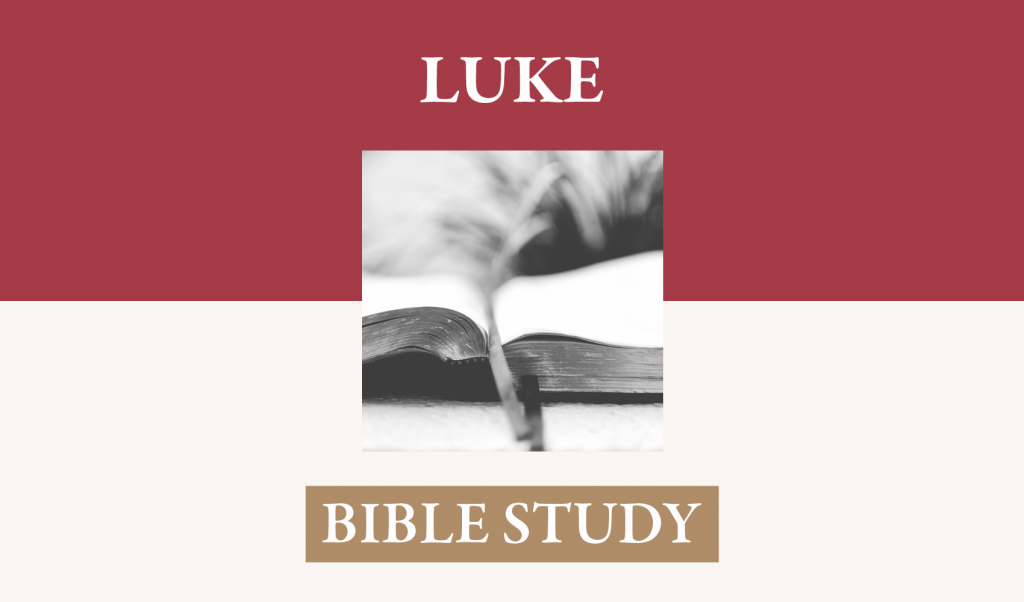Charles Spurgeon tells the story of an event in preaching class at the Pastors’ College. One of the most shy and hesitant of the students was asked to give a spontaneous exposition of Luke 19:1-10. He said: “Zacchaeus was a man of small stature; so am I. Zacchaeus wanted to see Jesus; so do I. Zacchaeus was up a tree; so am I. Zacchaeus came down: so will I.” He sat down, the group began to urge him to continue, but Spurgeon said, “No. it is perfect.” And indeed, this historical event is the perfect story of a perfect salvation. It illustrates how readily Jesus can forgive on the basis of his perfect knowledge of the covenant of redemption, his determined certainty in bringing it to fulness of effectuality, and his application of its provisions in his own earthly lifetime.
I. Zacchaeus – This event serves as an illustration of the point Jesus made in 18:13, 14, and 25-27. Jesus’ parable shows that the tax collector, notorious as a cheat and traitor, was justified through his repentance and his calling on the propitiated mercy of God. Then, after a person’s riches kept him from following Jesus’ instructions about the way to eternal life, Jesus said that even the greedy rich could be saved by the omnipotent and purposive power of God: “The things that are impossible with people are possible with God” (18:27).
II. The desire of Zacchaeus to see Jesus 1-4
A. As Jesus approached Jericho, a blind man had called out to Jesus for healing. He called Jesus “Son of David” and asked him to have mercy. Jesus, seeing his faith, healed him (18: 35-43). This set him to rejoicing in the goodness of God and prompted the entire crowd to give praise to God.
B. Under that background of God-like compassion and commensurate praise, Jesus enters Jericho and is passing through. The chief tax collector, a rich man named Zacchaeus, wanted to see Jesus. Whether this curiosity was caused immediately by the praise that arose because of the blind man’s healing, or whether this was a long-term curiosity, we are not told. Zacchaeus, however, could not reach Jesus because of the crowd’s surrounding Jesus. Being small he could not see over nor press his way through.
C. He does not give up, however, and runs ahead of the crowd looking for an advantage. He sees the opportunity in a sycamore tree. The limbs are low and a man small of stature can hoist upon one of the low ones and climb higher because of their arrangement and their angle of growth from the trunk. It is not an elegant venture, but Zacchaeus had grown desperate to see this man who took time with the outcast.
III. Jesus shows he has personal knowledge of Zacchaeus and is aggressive in seeking him out (5). Jesus stopped when he came to the tree and called the name of Zacchaeus. He told him to “Hurry and come down.” The reason was that Jesus must come to his house. This is another small incident of Jesus’ knowledge and his ability kindly to exert his authority. Later, before the triumphal entry, Jesus shows his knowledge of small details and the authority he exerts in simple situations (19: 28-35).
IV. Verse 6 shows the joy with which Zacchaeus received Jesus. This sincere exuberance showed that his interest went far beyond curiosity and embraced the reality that “this man receives sinners and eats with them” (Luke 15: 2). Zacchaeus wasted no time. He did not think that Jesus was presumptuous or imposing himself. He was trying to see Jesus and now has become the immediate object of Jesus’ attention. Zacchaeus received Jesus gladly. The events of this encounter are compressed in the narrative in order to get immediately both to the negative response of some of the crowd and the manifestation of the faith of Zacchaeus. Discussion and a meal were probably involved and a few well-placed illustrations from Jesus about sin and salvation.
V. The crowd resists Jesus’ fellowship with a “sinner” (7). This is a continuous theme we find in Luke as he points out the gross lack of comprehension manifested by religious leaders concerning the chief object of the Messiah’s coming. See 11:29, 30 where Jesus points to the sign of the prophet Jonah’s preaching of repentance; 11: 38, 39 where Jesus gave an extended presentation of the hypocrisy of the Pharisees on an occasion when he was invited to lunch; 11: 53, 54, where Luke points to the plots the Pharisees began to make against Jesus; 12: 49 where Jesus said he had come to cast fire on the earth; Luke 13: 3, 5 where Jesus emphasizes the certainty of perishing in the absence of repentance; Luke 13: 14, where the synagogue reacts to Jesus with indignation for his compassionate act of healing on the Sabbath; Luke 14 1-25 where Jesus used the occasion of a meal-visit to a Pharisee’s home to warn about preferring honor, prestige, accolades, and personal comfort and privilege above the humble reception of the kingdom grace; Luke 14 25 -34 where Jesus teaches that being a disciple means a willingness to lose everything else; Luke 15: 1, 2 where Jesus demonstrated that the Son of Man had come in fact to seek and to save the lost; 16: 14, where the Pharisees “were scoffing at him;” 16: 31 where Jesus pointed to Moses and the prophets as having emphasized the kind of repentance that the Pharisees denied; 18: 18-27, where Jesus demonstrates that the leaders had no grasp of the nature of true righteousness that leads to eternal life; Now, they still cannot grasp the point that Jesus came precisely because all have sinned and come short of the glory of God and are in need of a forgiveness that meets the law’s righteous demands and transforms the sinner. So, they grumbled about his keeping company with a man they considered, unlike them, a sinner.
VI. Zacchaeus demonstrated the reality of his faith in the sinner-saving Jesus. At some point in the meal, Zacchaeus stopped the conversation (8) and manifested his awareness of his sin and the necessity of making proper restitution. The indication of Zacchaeus’s conversion is the spirit of repentance that his words reveal.
A. First was the heart of generous sharing with those in need. “If anyone has the world’s goods and sees his brother in need, yet closes his heart against him, how does God’s love abide in him? Little children, let us not love in word or talk but in deed and in truth” (1 John 3: 17, 18).
B. Second was his recognition of the principle of restitution required by the law (Exodus 22:1; Leviticus 6: 5; Numbers 5: 7; 2 Samuel 12: 6). David, in responding to the gripping story from Nathan the prophet of a stolen sheep, advocated a four-fold restitution. Zacchaeus had come to see that the law does not make unjust requirements and that love is the fulfilling of the law.
VII. Jesus confirms the heart-produced response of Zacchaeus and reiterates his purpose to save that which was lost: cf. Luke 15:1-10.
A. In this time of transition from Mosaic covenant to new covenant, Jesus affirmed Zacchaeus’s right to the advantages of being among the covenant people even as he had in the thirteenth chapter when he healed the woman who could not stand straight. Jesus justified this act on the Sabbath, for oxen and donkeys were cared for physically on the Sabbath; how much more should an afflicted daughter of Abraham be healed? Not only was Zacchaeus a son of Abraham by physical descent and ceremonial practice, but now he was a true son of Abraham for he “walked in the footsteps of the faith that our father Abraham had before he was circumcised” (Romans 4: 12).
B. Jesus identified the response of Zacchaeus with his own mission. Jesus was sent by the Father to seek those the Father had given him before the world began. He was to save them by his substitutionary life of perfect righteousness and death of perfect substitution. He lost none of all that the Father had given him. Still, he is patient and will come again only when all the seeking and saving is done (2 Peter 3: 9, 10).




















